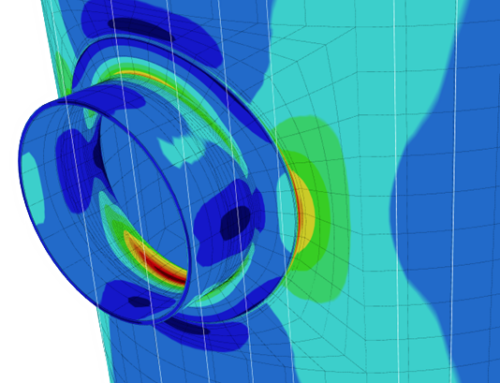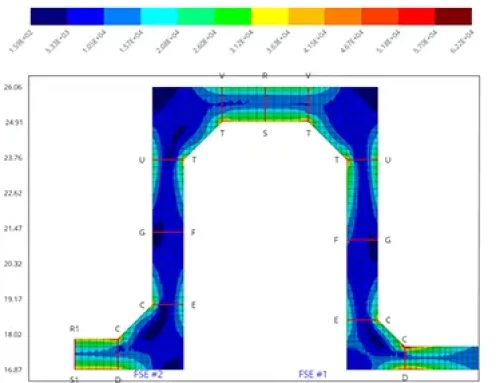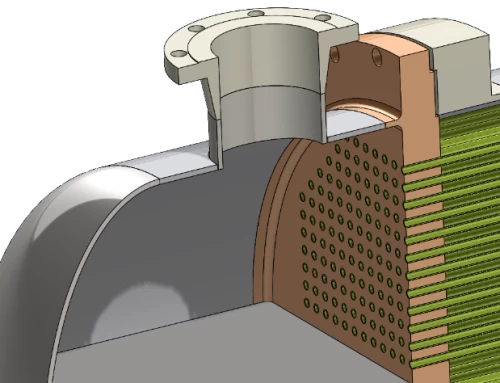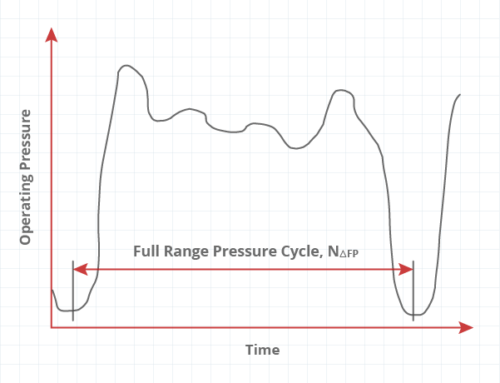Compliance With ASME VIII-1, Paragraph UG-22
Internal and external design pressures are not the only criteria used when designing pressure vessels. ASME VIII-1, paragraph UG-22, requires that all external loads acting on the pressure vessel be taken into account as well. These include forces and moments that arise from attached piping and equipment, the weight of the vessel and its contents, liquid static head as well as wind and seismic induced reactions. COMPRESS and INSPECT perform the required external load stress calculations and provide UG-22 compliance. They also include a number of options for selecting the building code to use as the basis for calculating the wind and seismic forces and moments. The COMPRESS and INSPECT wind and seismic stress analysis can be performed to the following building codes:
American Society of Civil Engineers (ASCE)
International Building Code (IBC)
National Building Code of Canada (NBC)
Universal Building Code (UBC)
Cases not covered above may be handled using the included User Defined wind and earthquake loadings option.
The calculation of a pressure vessel’s response to earthquake and vortex shedding events is largely dependent on its fundamental period of vibration. Competing software offerings use a simplistic, closed form equation which does not take into account mass distributions and variations in shell course thicknesses. COMPRESS and INSPECT use a Modified Rayleigh (lumped mass) numerical summation method and produce accurate period of vibration and wind induced deflection calculations.



